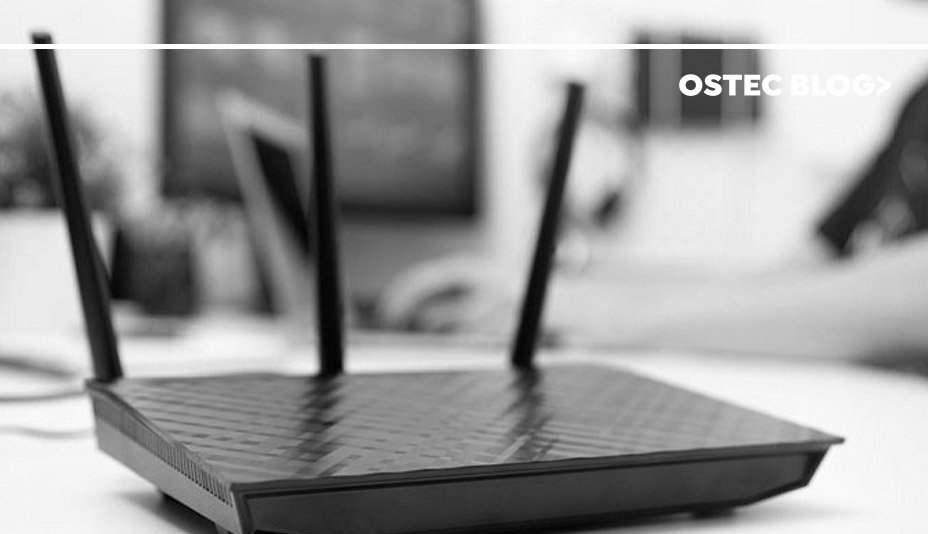This post is also available in: Português English Español
The Internet has brought flexibility to the communication between companies of the same group, partners, and suppliers, shortening distances and potentially increasing productivity by removing physical barriers, making the market even more dynamic and competitive.
Before the internet – with occurrence in the present day – communications were carried out through lines or private and very expensive links. However, it was the price that many organizations were willing to pay, in order to securely interconnect their strategic points.
In this sense, it is evident that the capillarity of the internet, coupled with low cost especially nowadays, could be much better utilized if a mechanism were created allowing secure communication using the public Internet infrastructure.
From this need came the concept of Virtual Private Network (VPN), which has as its main purpose to securely connect points, generally using strong authentication and encryption mechanisms. The concept of VPN was designed with the purpose of guaranteeing the security of what is trafficked in the public network, the Internet.
Many protocols have been created for this purpose, and one of the high-volume suites is called IPsec, which although many users refer to only as IPsec protocols, it is part of a set of protocols designed to provide security for the Internet Protocol, in versions 4 (IPv4) and 6 (IPv6). Continue reading and understand a little more about the features of this protocol.
Market standard
IPsec is the world-class solution when it comes to VPN, both in public and private medium, whose purpose is clearly to protect the communication points. Because of this, it is a protocol widely supported by a wide variety of devices, from large security solutions to embedded hardware and smartphones.
The variety of cryptographic protocols that can be used in the IPsec suite turns out to be a great facilitator for the requirement of communications security. Vendors who need to communicate securely tend to define IPsec as the base solution.
Interoperability between manufacturers
Although it is a market standard, widely described by the Internet Engineering Task Force (IETF) through RFCs (Request For Comments) and standards, the software side whose implementation is the responsibility of each manufacturer, ends up being a difficulty in the process of IPsec VPN configuration. In some cases, the experience of businesses and users may be left to be desired.
Thus, before you can define the secure communication format, in the face of a demonstrated need, with a vendor or client, validate the security solution at the endpoints and make sure that the implementation of IPsec VPN is, in fact, the best solution.
It is common for cases when it is the same manufacturer, other proprietary solutions with the same purpose are used. Moreover, there is no problem, since the important thing is that security assumptions are properly met, regardless of the VPN solution.
IPsec VPN performance
The IPsec operating and deployment model enables it to perform better, especially for VPN solutions, which are fully defined in the operating system _userlevel_.
Regardless of this case, there are specialized cryptographic acceleration cards that can be used to assist the CPU depending on the volume of traffic used in VPN concentrators (name given to servers that centralize multiple user or companies connections).
In general, due to its architecture and implementation, much of it in the _kernel_, the performance associated to the quality of what is delivered is superior to other solutions of the same purpose.
Information Exchange for IPsec VPN
Configuring an IPsec tunnel (as used in technical nomenclature) depends on exchanging connection information from the two parties involved. Generally, this information is available through forms, and through them, the parties enter into the agreement of the connection parameterization.
This parameterization consists of two phases, when the encryption assumptions to be used are defined, followed by a pre-shared key (PSK) that will validate the session. There is also support for the x.509 framework, and other variations, offering even more security for the session.
Another common aspect of forms is collecting the data from the manufacturers involved in the two points, for registration, and not least, which networks or addresses will traffic in that VPN. You can access a sample form by clicking here.
Parameterization of solutions
This exchange of information is critical, and the forms throughout the world are very similar in terms of fields to be filled, which helps in popularizing the use of IPsec VPNs.
After collecting information for the configuration and sending it to those involved in the configuration process, it is time to configure the ends. Once the communication is closed, the networks and addresses that have been configured, are seen through the Internet, or other means of communication, and can exchange secure information, with the full backing of an IPsec VPN.
Unfortunately, everything could be much easier if manufacturers in their deployments offered support and adherence to the standards created by the IETF. Because of this, it is common for technical teams to be involved in a famous troubleshooting.
Examples of use
The use of IPsec VPN, or VPN in general, is conditioned on the need for secure communication between 2 points, either through the internet, or even within a private network.
In this way, business units can be connected, such as people in transit who need to access corporate documents, securely, through mobile devices, a retailer who needs to connect their inventories to suppliers, logistics companies, financial institutions for information exchange, among many other purposes.
Keep reading our articles on VPN and check out the model, or protocol that best fits your need.
Key VPN communication protocol
SSL VPN, understand the features and benefits
Secure remote access and communication via VPN
This post is also available in: Português English Español









